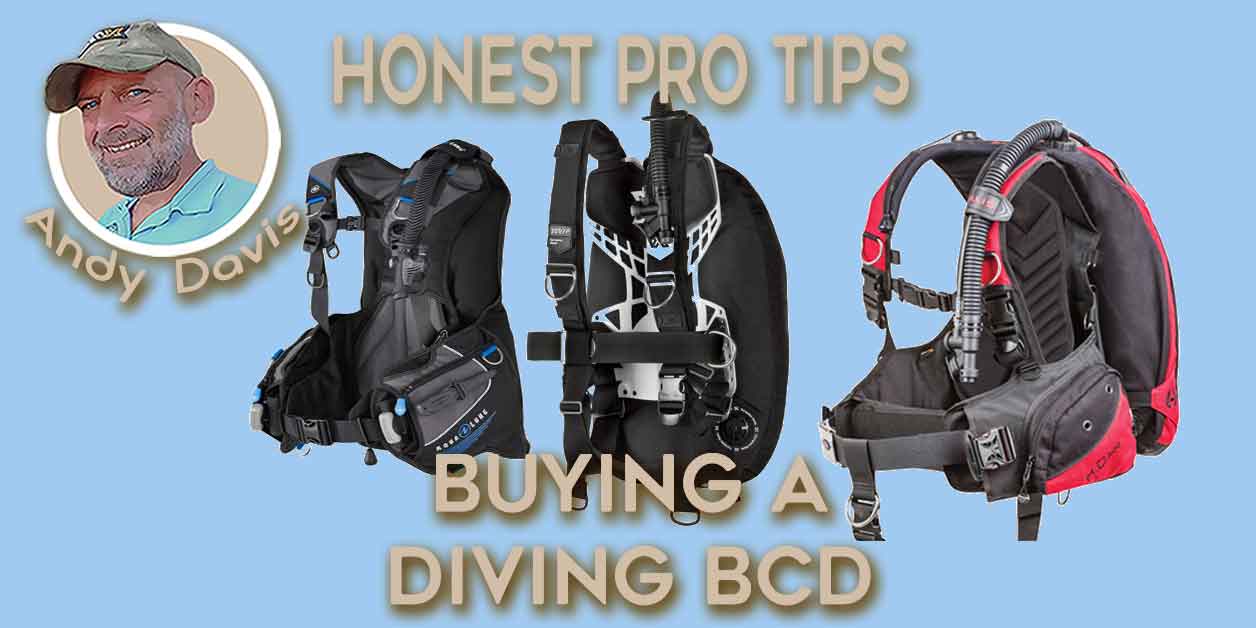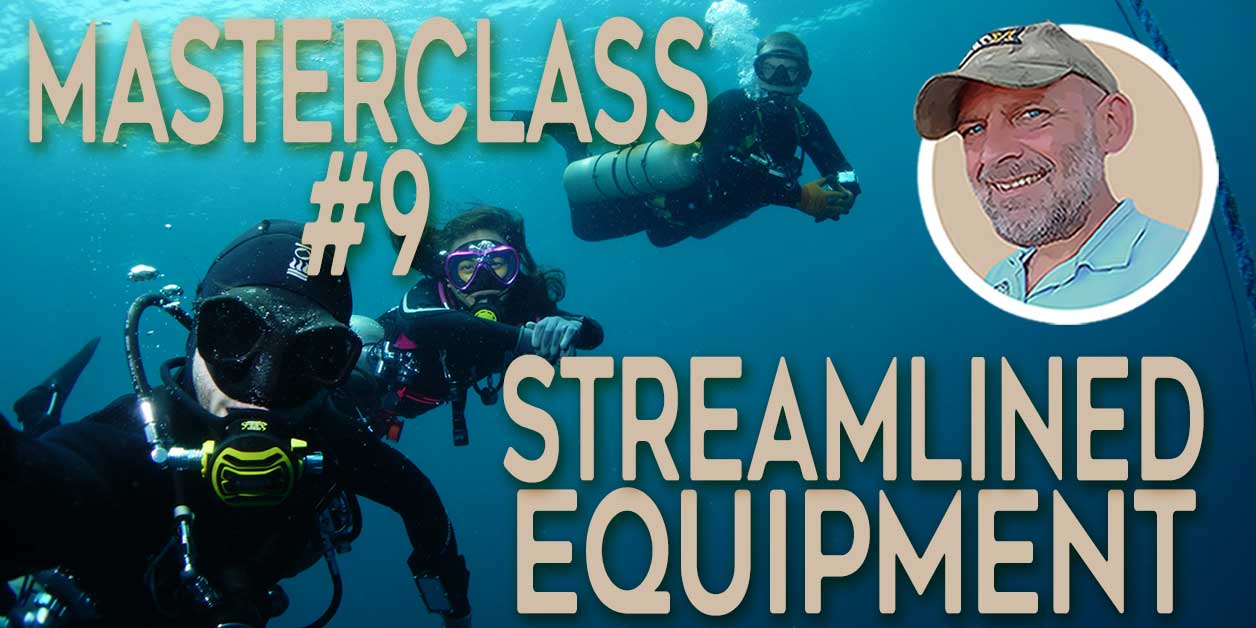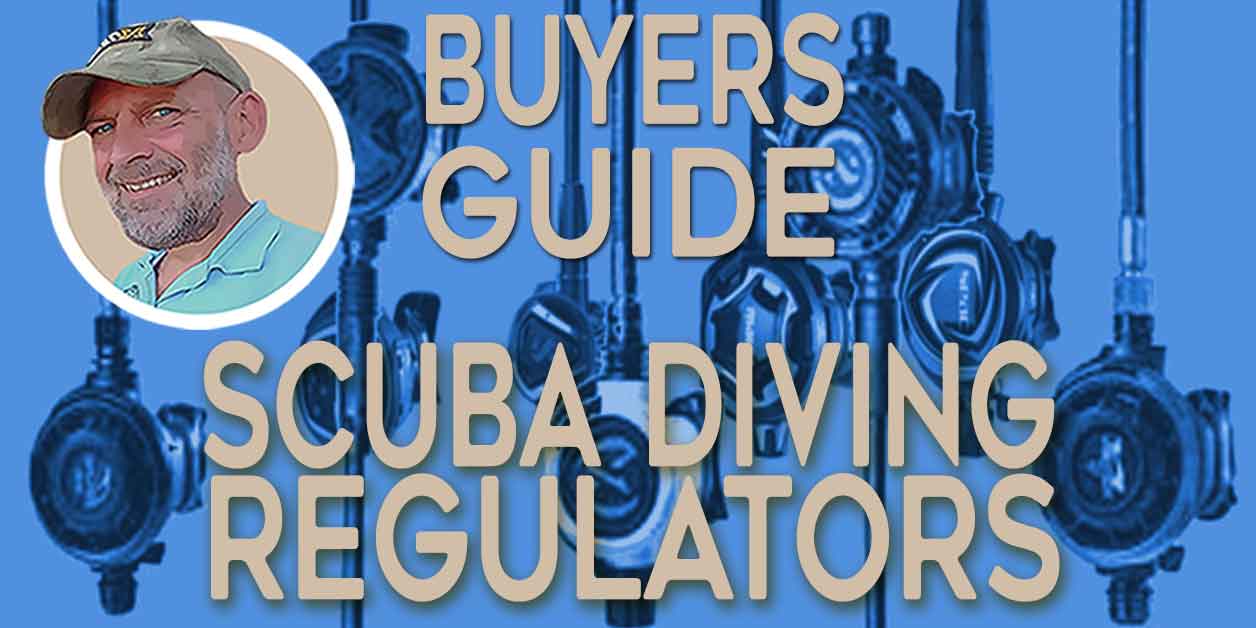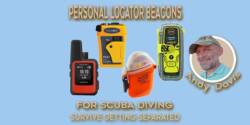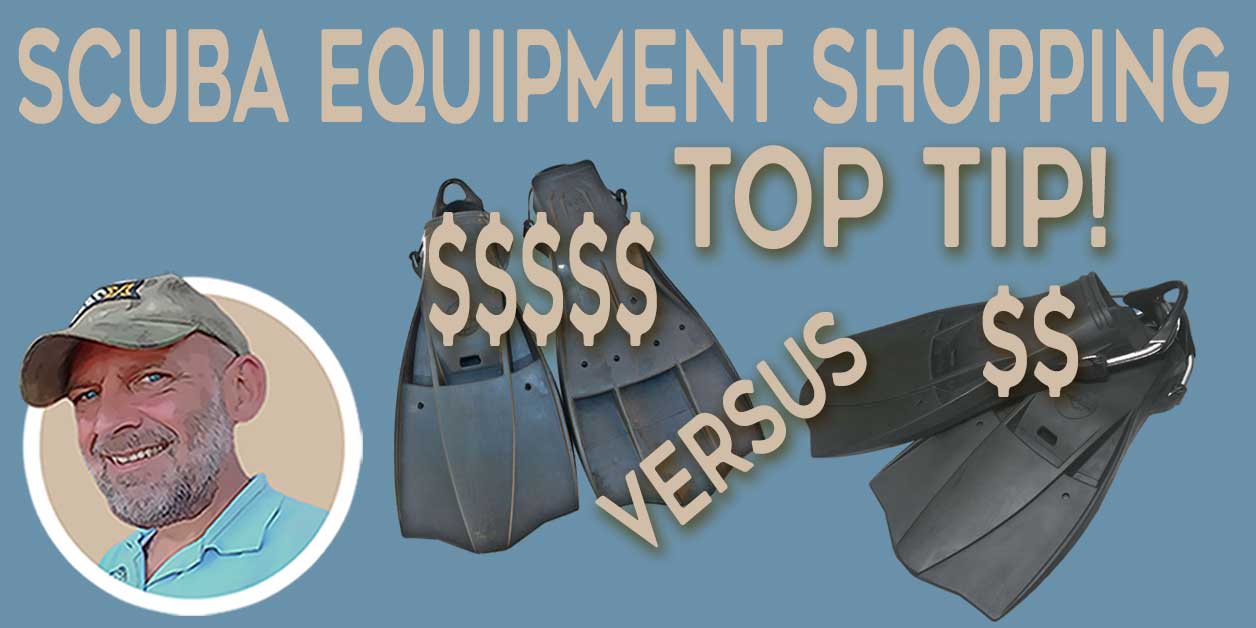Avoid Costly Mistakes When Buying Dive Gear
Scuba diving equipment is an expensive investment, but there can be a lot of pitfalls when buying dive gear. Take one look at eBay and you’ll find a mountain of nearly-new kit that is rapidly replaced or upgraded by divers. It’s a sign of costly, regretful, purchasing decisions. To put it succinctly; there are a lot of junk products being foisted onto unsuspecting scuba divers.
8 expert tips for buying dive gear
Here are 8 tips to help sieve the wheat from the chaff, before you waste money on scuba equipment you won’t be happy with:
Look at the economy of design
Products with superfluous features and over-complex approaches tend to represent a ‘smoke-and-mirrors’ sales strategy. Most often ‘less is more’. Irrelevant features and fancy design flourishes are most often added to disguise a lack of function that otherwise makes products non-competitive in the market.
No design genius or dive expertise? Simply add trivial fancies and otherwise dilute the product function through nonsensical design theatrics. The clever design achieves the function with the minimum components and effort. The bad design uses more components to achieve a worse outcome.
Definition: Economy of Design
The application of using only what is necessary to achieve your goals in a design.
We’ve all heard the famous anecdote about how NASA spent 15 years and a million dollars to design a pen that worked in the vacuum and cold of space. The Russians just used a pencil…

Be wary of what you’re told to want
Manufacturers get away with selling crap by creating an illusion of desirability and need.
No…. you don’t need 20 D-rings on a BCD.
No… you don’t need splits in your fins.
No… you don’t need inches of padding in a non-load-bearing harness system.
No….you don’t need 65lbs of lift in a single-tank jacket BCD.
No… you don’t need 8 gas mixes in a recreational diving computer.
Decide for yourself what features and functions are critical and needed…. don’t let manufacturers brainwash you into believing otherwise. If a product contains features that have no logical reason to be included, it’s a red warning light that the product is otherwise lacking appropriate functionality or genuine innovation.
It’s a dive manufacturer’s way of jive-talking a lack-lustre product into a higher price range than it deserves.

Steer clear of marketing jargon
Manufacturers use inane jargon to promote the concept that their product is somehow ground-breaking and new. In the military, we used to call this concept ‘B*llsh$t Baffles Brains‘.
The biggest clue to this is the absurd use of TLAs (three-letter abbreviations). They sound scientific and impressive, right?
Look closely… it’s an inflator hose… not a DLE (dynamic lift enhancer). It’s a mask strap… not a KRS (kinaesthetic retaining system).
Don’t buy (literally!) into the BS hype. Look at product marketing with a clear head and you’ll find all those nonsense terms to be hilarious.
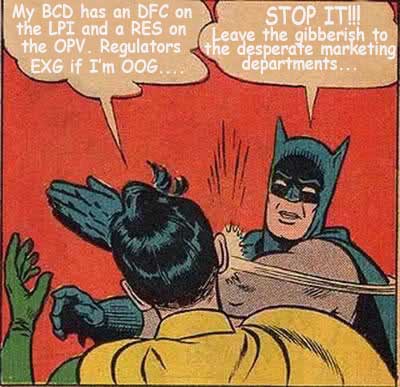
Tech does not mean technical
Divers often want to invest in future-proofed dive gear that will grow with them into more advanced diving activities.
Manufacturers know this…. and market junk gear to appeal to those who attribute the words ‘tec‘, ‘tech‘ or ‘tek‘ towards implied suitability for advanced diving use.

All that glistens is not gold – and these words are used far too often in conjunction with products that are actually the antithesis of real technical diving equipment.
Be very dubious when manufacturers add the ‘T-word’ to product names. Tech is a specific approach to diving, not a product name.
Buying dive gear: Understand your needs
I’ve seen hordes of dive kit that illustrates that some manufacturers don’t have a fundamental understanding of how their scuba equipment is properly used. They produce gear that ‘looks the part’, but doesn’t actually meet diver’s needs.
There can be fundamental flaws that render the product incapable of delivering. Finger spools whose holes don’t easily accept a bolt snap. Reels that use lines that kink and twist.
Knives that rust in days. BCDs with D-rings in the wrong places to support pony tanks. Pockets that are inaccessible to the diver.

Know how the kit needs to be used, then pick up the products and test their function. You’ll be amazed at how much simply doesn’t work properly.
Likewise; do you need fins for straight-line speed? Do you competitively scuba race? Or do you really want fins that offer control and maneuverability? Do you need a “high power” inflator mechanism? Why? Is your aim to fill your BCD as quickly and powerfully as possible? Or do you really need a finely-tuned inflator that offers a more subtle, controlled approach to BCD buoyancy?
Be Skeptical of ‘official’ reviews and tests
There is a lot of bias and marketing in many scuba equipment reviews and tests. Be a skeptic when considering these sources of information. Reviews and tests should contain both positive and negative results for a given item.
If the same reviewer/tester raves about the pros, but rarely the cons, you’d probably be correct to assume that they’re doing some subtle marketing in return for some form of manufacturer kick-back.
Sometimes that kick-back is simply being gifted free diving kit in return for guaranteed favorable reviews.
Be aware of where a reviewer/tester primarily features the same brands over and again. It can indicate a vested interest; such as affiliate relationships.
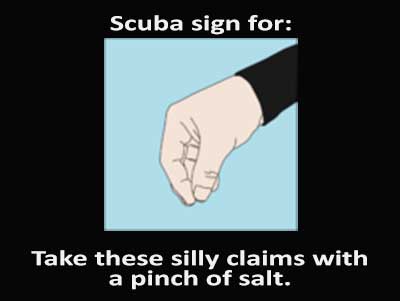
Quite often magazines or websites only review dive gear supplied by manufacturers who pump advertising revenue into their media.
There is some very crappy kit on the market; so why do we never see this resulting in very negative reviews?
All brands have strengths and weaknesses
Just because a given manufacturer might produce an awesome BCD doesn’t mean it sells great dive computers. Or fins. Or masks. Or wetsuits. It’s unreasonable to expect a single manufacturer to excel in everything.

Smaller manufacturers tend to specialize only in the products that they genuinely excel at.
Larger manufacturers know they will profit from offering a complete line of diving products. They fill up their inventory with generic OEM products.
Whilst they might focus design effort on a few key ‘reputation building’ items; the remainder of their catalog might just be generic junk – branded and sold at a premium. The only logical reason to stick with a single manufacturer would be because of exceptional customer service. Otherwise, let each item stand on its individual merits and select accordingly.
Buying dive gear: Future-proof investing
It’s wise to ‘begin with the end in mind’ and buy scuba equipment that you think will grow with your needs into more advanced diving activities. That said, you must understand clearly what that diving actually entails and what specific features your kit will need in the long run.
Manufacturers seem to delight in bedazzling naive divers with more advanced equipment features than they are ever likely to use.
If you want to future-proof your investments in scuba equipment, then do be prepared to do some serious research first.
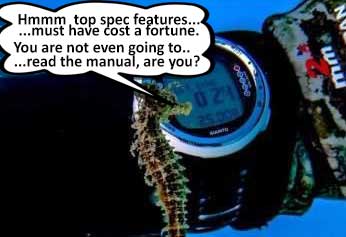
The best source is directly from divers, or instructors, who are actually doing the diving that you hope to progress to. Talk to them and find out what they use; and why.
Don’t ever buy expensive scuba gear based on an assumption or because manufacturers boast a stellar list of features, impressive three-letter abbreviations or liberally use the ‘T-word’ in product names.
About The Author

Andy Davis is a RAID, PADI TecRec, ANDI, BSAC, and SSI-qualified independent technical diving instructor who specializes in teaching sidemount, trimix, and advanced wreck diving courses.
Currently residing in Subic Bay, Philippines; he has amassed more than 10,000 open-circuit and CCR dives over three decades of challenging diving across the globe.
Andy has published numerous diving magazine articles and designed advanced certification courses for several dive training agencies, He regularly tests and reviews new dive gear for scuba equipment manufacturers. Andy is currently writing a series of advanced diving books and creating a range of tech diving clothing and accessories.
Prior to becoming a professional technical diving educator in 2006, Andy was a commissioned officer in the Royal Air Force and has served in Iraq, Afghanistan, Belize, and Cyprus.
In 2023, Andy was named in the “Who’s Who of Sidemount” list by GUE InDepth Magazine.
Purchase my exclusive diving ebooks!
Originally posted 2018-03-07 23:56:15.








